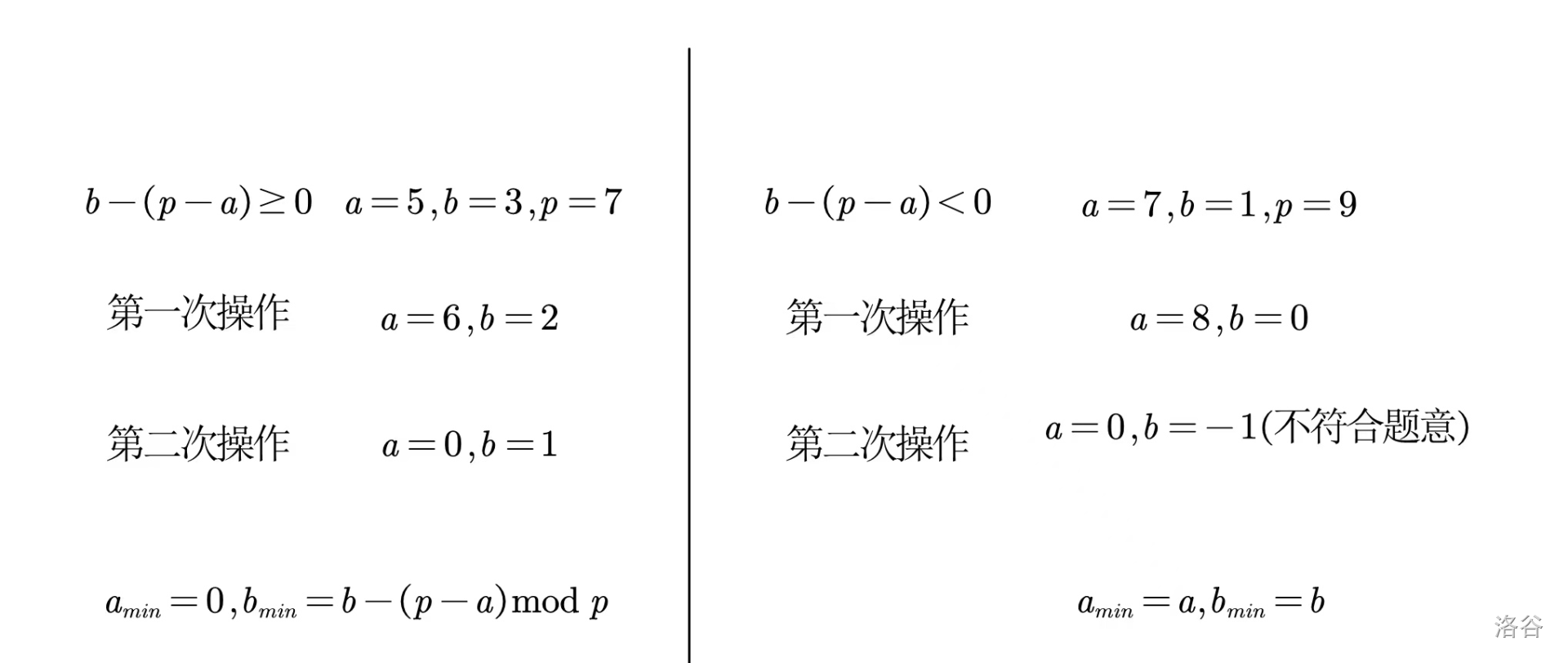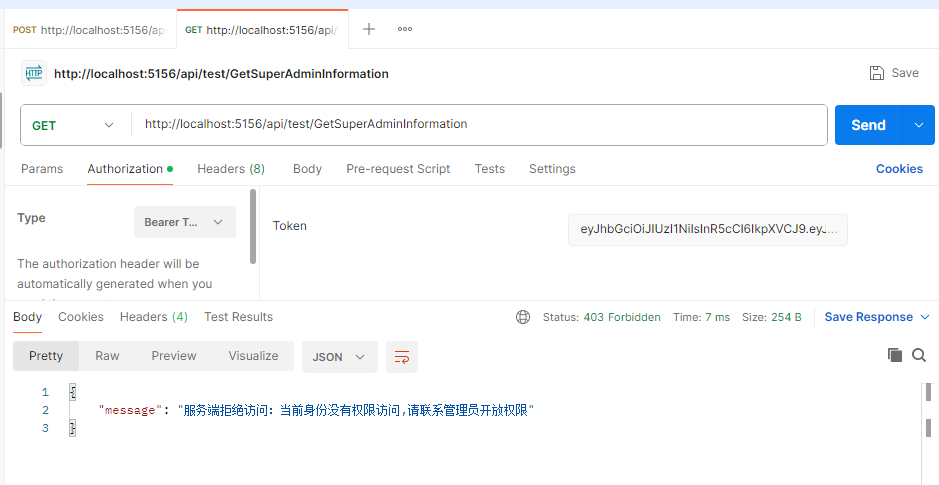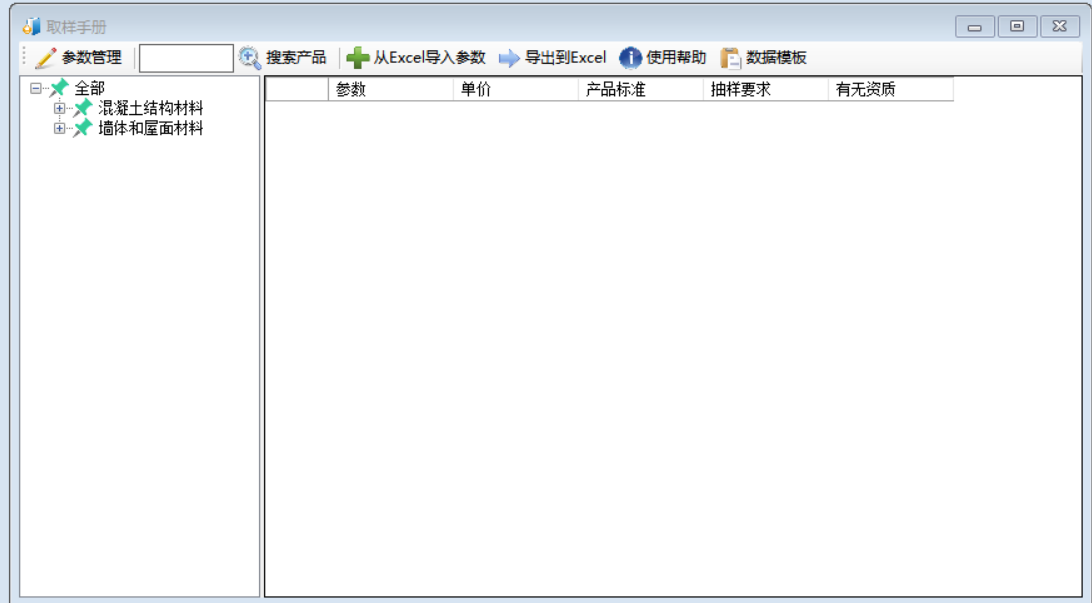explicit operator int() const { return 42; } 是一个显式类型转换运算符,用于将当前对象转换为 int 类型。
1. 类型转换运算符的作用
在 C++ 中,类型转换运算符允许用户定义从自定义类到其他类型(如基本类型、用户定义类型)的转换规则。它的语法如下:
operator TargetType() const;
TargetType:目标类型,本例中是int。const:表示该函数不会修改类成员,通常类型转换运算符是const的。- 函数体:定义转换的具体实现逻辑,本例中返回
42。
2. explicit 的作用
- 当类型转换运算符被标记为
explicit,它可以防止隐式类型转换。 - 只有通过显式调用(如
static_cast)或直接调用运算符,才能进行类型转换。
3. 代码示例与解释
示例代码:
#include <iostream>
using namespace std;class MyClass {
public:explicit operator int() const { return 42; // 转换为 int 时,返回 42}
};int main() {MyClass obj;// int x = obj; // 错误:explicit 阻止了隐式转换int y = static_cast<int>(obj); // 正确:显式转换cout << "Converted value: " << y << endl;return 0;
}
4. 运行结果
Converted value: 42
5. 详细解释
-
类中的显式类型转换运算符:
explicit operator int() const定义了当对象被转换为int类型时的行为。- 本例中,转换的结果是固定的
42。
-
explicit的作用:- 如果没有
explicit,C++ 会允许对象在需要int类型的地方隐式地进行转换:int x = obj; // 隐式调用 operator int() - 加上
explicit后,隐式转换被禁止,必须显式调用:int y = static_cast<int>(obj); // 必须使用 static_cast
- 如果没有
-
为什么需要显式转换:
- 避免误用类型转换导致意外的错误。例如,某些函数接受
int参数,如果隐式转换存在,可能会导致逻辑错误或性能问题。
- 避免误用类型转换导致意外的错误。例如,某些函数接受
6. 适用场景
- 定义类的行为,让其可以转换为其他类型。
- 提高代码的类型安全性和可读性。
- 控制隐式转换的发生,避免隐藏的错误。
7. 去掉 explicit 的对比
代码(去掉 explicit):
class MyClass {
public:operator int() const { return 42;}
};int main() {MyClass obj;int x = obj; // 隐式转换,允许cout << "Converted value: " << x << endl;return 0;
}
输出:
Converted value: 42
- 去掉
explicit后,int x = obj;会隐式调用operator int(),不需要static_cast。
总结:
explicit operator int()定义了一个只能通过显式方式调用的类型转换运算符。- 它用于提高代码的安全性,避免隐式类型转换带来的潜在问题。










